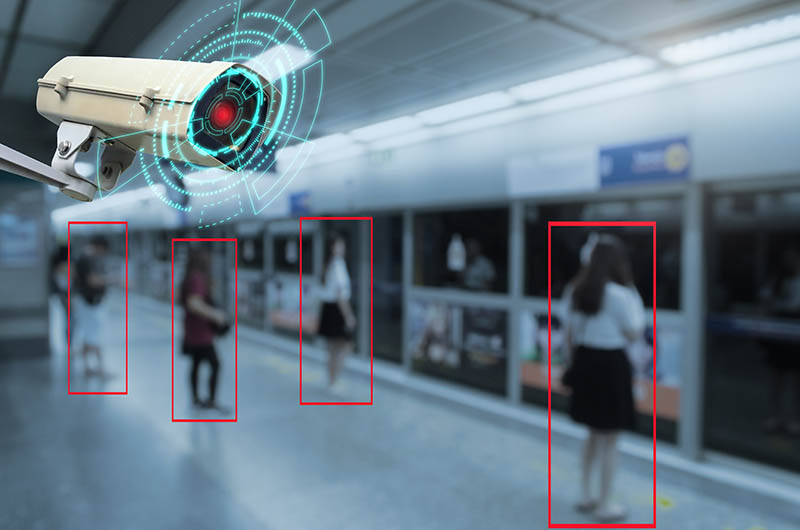With stay-at-home orders being eased, millions of Americans are returning to work for the first time in months. But the workplaces they return to won’t be the same as the ones they left. Social distancing is here to stay, and it’s going to have a profound effect on the dynamics of the average workplace.
Workers can expect new rules and procedures to be in place when they come back. Masks will be required, communal dining areas will be gone, and work spaces will be spread farther apart. These measures are unfortunate, but they will be extremely important for maintaining health and safety for the foreseeable future. But how do you make sure an entire office or workplace full of people follows these rules at all times?
That is where social distancing technology comes in. Several large companies are exploring options for technology that could be integrated into the workplace which would monitor employees to ensure that they maintain the proper distances. But what that technology will look like, and how it will affect workers’ privacy, is still uncertain.
Cameras and sensors
Plenty of companies use security cameras, occasionally to keep an eye on employee activity. There are even cameras that automatically track and detect the occupants of a building. Now, many of those cameras are being repurposed to monitor social distancing. They can detect if two people get too close together, or if a room has exceeded its overall maximum safe occupancy. They can then send an alert to the employees telling them to spread out more.
Some versions of this technology don’t generate full images that are visible to people, but rather use sensors to create an internal picture of the room which they can interpret to measure occupancy and proximity.
Wearable technology
Other companies have tried a different approach, issuing wearable technology to employees, which track their locations and movements. One such device is Proximity Trace, a small tag that clips onto construction workers’ helmets. The tags can detect each other using high-frequency radio waves, like those used in ham radios. If one tag comes in too close of a proximity with another, it emits a sound. As the tags get closer together, the sound gets louder.
But Proximity Trace does more than simply sense and react. It also remembers. Data regarding the wearer’s movements and who they have been close to is stored. If anyone on the construction site is infected with COVID-19, this information can be used to find where it might have spread. These tags would be an effective and relatively inexpensive way to keep construction sites safe during the pandemic, and could be easily applied to other occupational fields as well. Several workplaces tracking and sharing data about the virus could provide valuable information that could help to track and control the spread of the disease.
Privacy concerns
Technology devices designed to track worker activity are hardly new inventions. In fact, devices like ones described above are already in development, production, or use in many industries around the world. Their use is often controversial, with workers arguing that the constant supervision violates their privacy and makes them feel deeply uncomfortable.
Personal privacy has, of course, become an increasingly debated topic. With data being coveted and sold as a resource, many are understandably wary of having more information about them recorded by workplace devices. Tools that are ostensibly installed just to watch and prevent the spread of COVID-19 could later be used to surveil employee productivity for everyday use. As Jason M. Shultz, professor of clinical law at New York University, put it in an article for the Wall Street Journal, “Employers don’t really have any incentives to remove surveillance once they install it.”
It seems inevitable that some privacy and comfort will have to be sacrificed in nearly every occupational setting in order to fight COVID-19. But how those workplaces will be changed and the long-term effects of those changes are still impossible to predict.
Related Reading:
- How the Meat Processing Industry Is Responding to the COVID-19 Pandemic
- How the Transportation Industry Is Responding to the COVID-19 Pandemic
- How Supply Chains Are Adjusting in the Midst of the COVID-19 Pandemic
- The CBMTA is Here to Stay! Here’s Why That’s Good for Craft Brewers - January 6, 2021
- High-End Liquor Sales are Recovering Slowly - November 10, 2020
- How to Reach New Customers in 2021 - November 5, 2020


